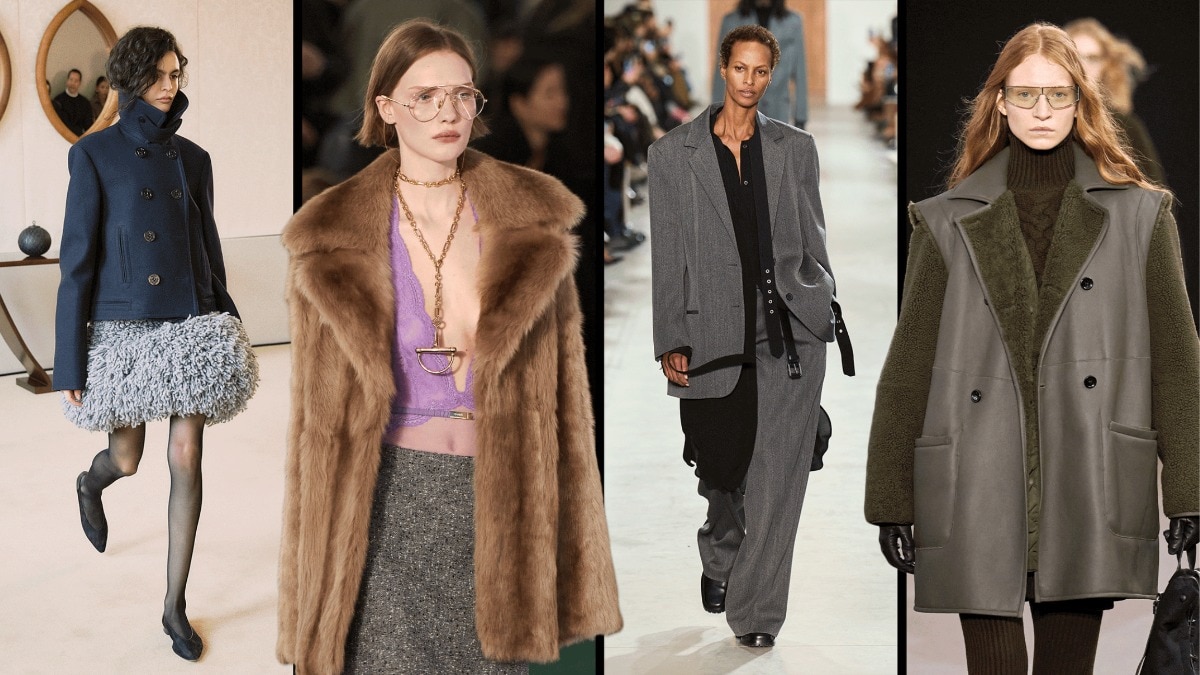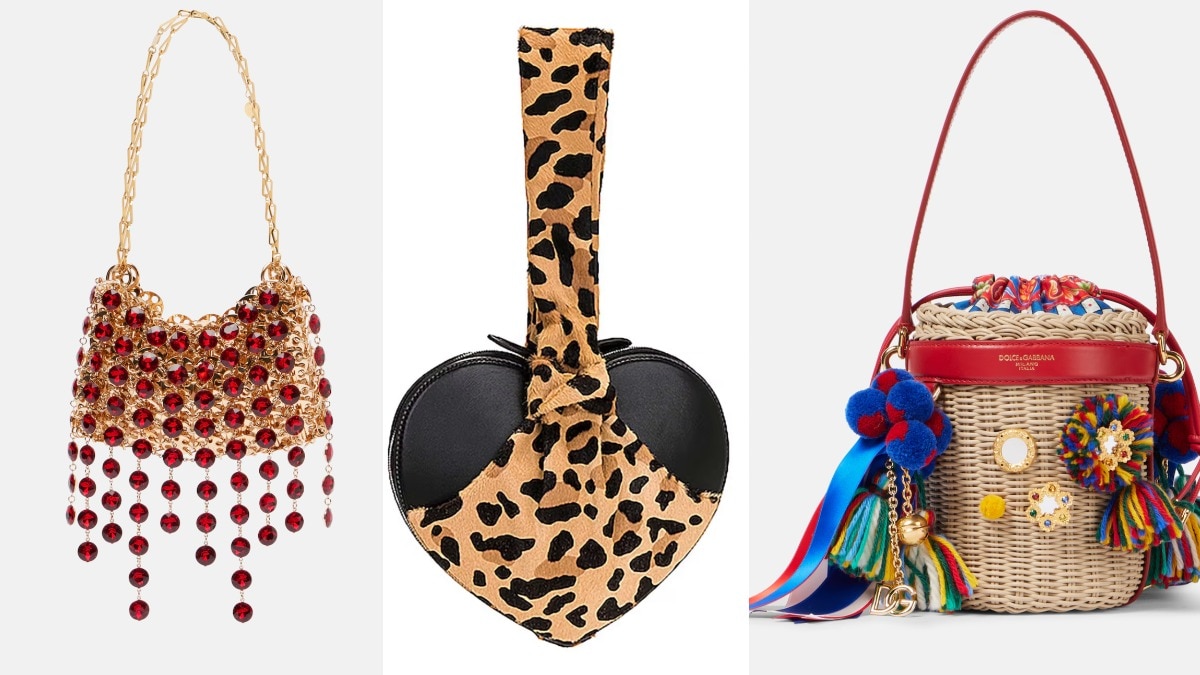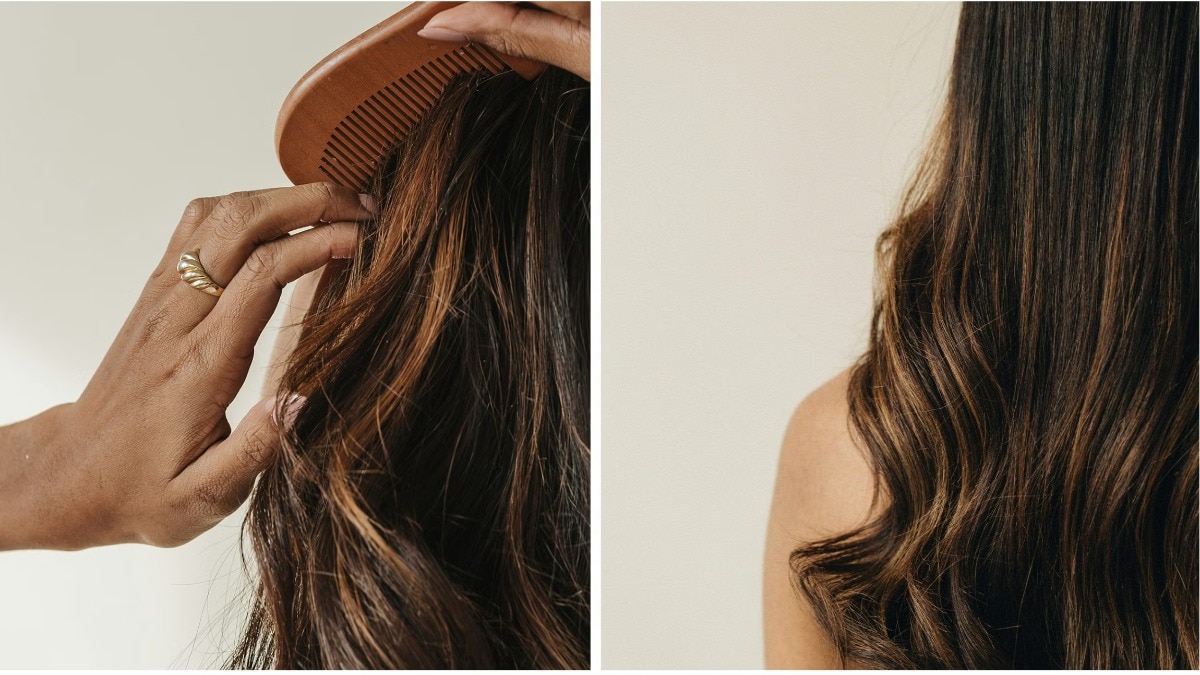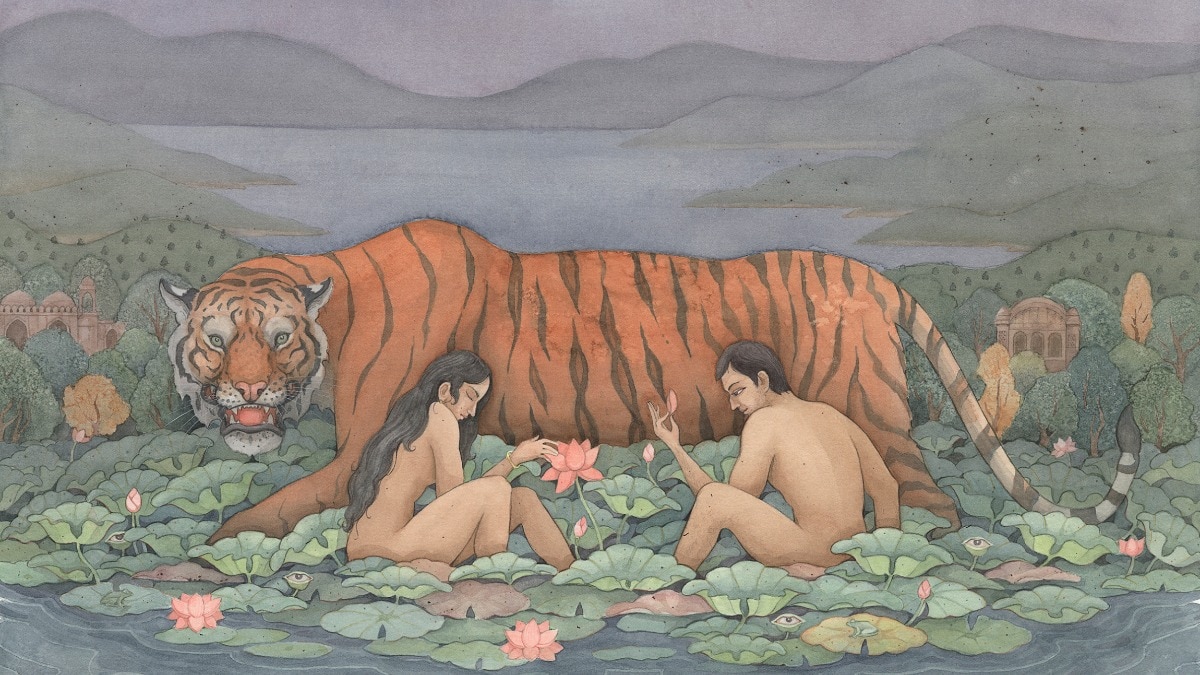
Bazaar India spotlights five labels focused on encouraging women to express themselves with their fashion choices
Come one, come all.


What do (curvy) women want? More than oversized, baggy clothes or just a few options stowed away on a corner shelf. The idea of fashion as a form of self-expression being limited just to sizes falling on the lower end of the scale is hypocritical. More so, in a country where the average woman is curvier than her Caucasian or Asian counterparts. According to data platform Statista, the plus-size segment—those who wear beyond sizes 0-12—constitutes about half of the total consumers in India. Even so, this customer is often left wanting. Lack of variety or thoughtful design are top concerns, as is the dearth of versatile cuts to complement their bodies. There is, however, a crop of designers, looking at the bigger picture, and walking the inclusivity talk. We speak to them as they tell us why (every) size, in fact, does matter.
HALF FULL CURVE

The label was born out of the experiences of Tinka Bhatia, Half Full Curve’s co-founder, who struggled to find appealing options for her UK size 16-18 frame. So she teamed up with her sister Rixi Bhatia to address all that she felt was amiss for women in this category. “A lot has changed since we launched in 2017 with brands being more size-inclusive, but we still have a long way to go,” says Rixi. Today, walk into Half Full Curve’s studio in Mumbai, and you will find up to UK size 20 on the racks. “We have samples in sizes even bigger than that too. So clients can at least see how the silhouette looks on them,” adds the designer. They work with their own size chart, which tweaks global sizes to suit Indian bodies. Rixi finds that they are often slotted as a ‘plus-size’ brand, even though their clothes are made with different body types in mind, and are not just for larger sizes. The designer feels that it’s about more than just the tangible outfit when it comes to plus-size shopping. The entire shopping process can be a very emotional one for customers. “It requires a lot of handholding and dispelling of pre-conceived notions on what they think they can or cannot wear,” she carries on.
INCA

It was Amit Hansraj’s many incarnations (and jobs) across the fashion industry in the last two decades that eventually led to the birth of Inca in 2020. It was Hansraj’s tenure at multi-designer boutique Ensemble that helped him understand the mind of the consumer, and identify gaps in the market. He found that contemporary wear options for plus-size women were often reduced to baggy clothes or straight-cut kaftans. Hansraj set out to change that with Inca. “I was sure I did not want to make size-specific clothing. The idea is for the clothes to take the shape of the wearer, and not the other way around,” he says. Inca’s one-size-fits-all silhouettes fit up to a UK size 20. The designer works with only one fabric—satin mixed with plant-based viscose for its fall and trans-seasonality—in a range of silhouettes, all tied together with thoughtful design. For Hansraj, being experimental and size-inclusive need not be mutually exclusive. “Our drapes and construction complement many body types. I try to get into the mindset of a woman while designing. So nothing comes on the bust, but our knots will sit right under it, to accentuate the thinnest part of the body and create height. And then there are slits, for a hint of sexiness,” he explains. “The best part? Women can walk into my store and actually see what a piece looks like on them before buying it.”
LITTLE THINGS STUDIO

It was Ankita Srivastava’s own battle with body image and fluctuating sizes that informed the sensibility of her brand, Little Things Studio. “I wanted something that worked for me across my sizes. I started thinking, ‘How can I make a dress which can fit from S to L?’,” she shares. In the seven years since she launched her label, the offering—which caters to women from XS to 6XL—has evolved as she understood the client better, hungrily taking in all their feedback. Srivastava found that shape-defining cinched waists, a hint of cleavage, flare, balloon sleeves and loose dresses with tie-ups were popular with her plus-sized patrons. So, she started creating more of it. Fit became the foundation of her designs. “It’s important that the pieces fit just right. Which is why we offer lifetime alterations, and leave generous four-inch margins in our pieces,” she adds.
To complement her collections, Srivastava also wanted to create visuals that would appeal to real women. “The imagery needed to be relatable, where people could actually see that this piece looks good on an S and XXL both.” So Srivastava created her own standard of what the campaign cast should look like. “I wasn’t doing it to catch eyeballs. It was an authentic narrative to build a space where all body types were covered.”
ANKITA JAIN

Ankita Jain launched her namesake label in 2019 while still in design school. She had but one mission: to help women feel sexy and confident through her clothes. “I don’t like to label the brand as ‘size-inclusive’. We already are without using the term,” says Jain, who has serviced up to a UK size 24 by now. Curvy women enjoy the bare backs and midriffs, plunging necklines, daring slits and bold cut-outs that Jain has come to be known for. Her silhouettes are the hero, she emphasises. “When finalising a silhouette, we don’t think of which body type will wear it. We think of how it will work on every body type,” muses the designer. And they work extensively with lycra as it sculpts the body beautifully. “Yes, our clothes are sexy and skimpy but they are still body-positive.” Seventy per cent of the orders on her latest collection are for sizes XL and above, she reveals. Jain also accepts requests for tweaks to existing looks if that means making the wearer feel more confident. “Many clients tell us they are wearing something sexy for the first time, and want a higher waist or more coverage. I’m happy to give them that because I want our community to use fashion to feel liberated. Clothes should not bog you down,” feels Jain.
DOODLAGE

The premise for this brand may be upcycling and recycling industry waste and dead stock, but Doodlage is also as size-inclusive as it is sustainable. “We have always been focused on creating styles for different body types as opposed to working with trends,” admits founder and creative director, Kriti Tula. “We know what sizes are working across our bestsellers, and repeat those in new prints with every collection.”
Over the last few years, Tula observed that women don’t want to wear kaftan or loose styles just because that’s been deemed appropriate for certain body types. While comfort and ease are important, women across sizes are more body-confident now. “Based on our data, A-line dresses, cinched waists and shirt dresses do well in the larger sizes,” she adds. While Doodlage stocks ready-to-wear up till 6XL, they customise beyond that too. “Indian body types are such that one woman can be a mix of two sizes. We customise to be able to work around this too,” says Tula. “The end goal is to increase the life of each product, irrespective of the size. We want the consumer to love, and wear and re-wear our pieces.”










